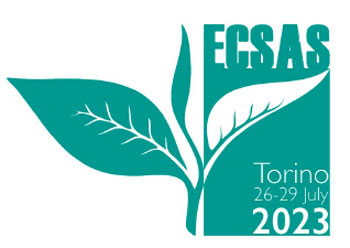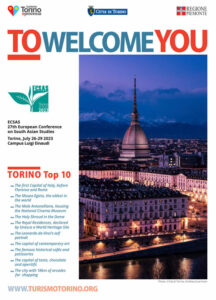Presenter
Sankaranarayanan Srishti - University of Michigan, History of Art, Ann Arbor, United StatesPanel
09 – Making Artisans: Artisanal Lives and Production in South AsiaAbstract
Chariot makers in peninsular India construct richly sculpted wooden chariots to convey bronze sculptures of Hindu gods and goddesses during religious processions. Given their formal and terminological semblance to the base moldings and superstructures of stone temples, processional chariots are popularly dubbed “temples on wheels.” However, they are separate categories, for chariot makers “make” chariots while architects and masons “build” stone temples. By focusing on accounts furnished by two chariot makers – G. Radhakrishnan and Lakshminarayana Acharya – I explore how contemporary chariot makers in Tamil Nadu and Karnataka contend with diminishing profits of their generational businesses and navigate state government regulations on wood carving industries. I examine how they devise solutions to these challenges by employing traditional construction methods, that invoke an idea of knowledge in medieval Sanskrit treatises, alongside experimental, hollow, and grid-based designs using AutoCAD and computer numerical control (CNC) machines. Finally, I argue that the trajectory, techniques, and thought processes of chariot makers like G. Radhakrishnan and Lakshminarayana Acharya impact the structural, ornamental, and symbolic morphologies of their processional chariots. Their modes of production articulate their positionality as chariot makers and suggest that processional chariots are multivalent wooden vehicles, and not merely “temples on wheels.”


